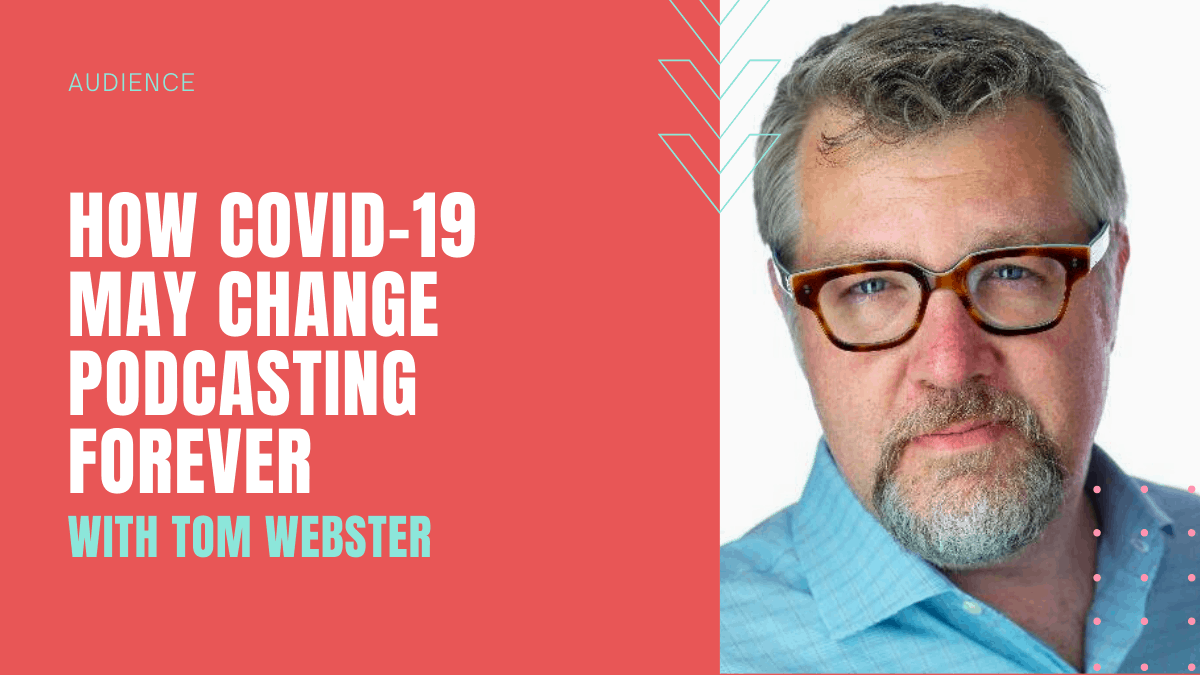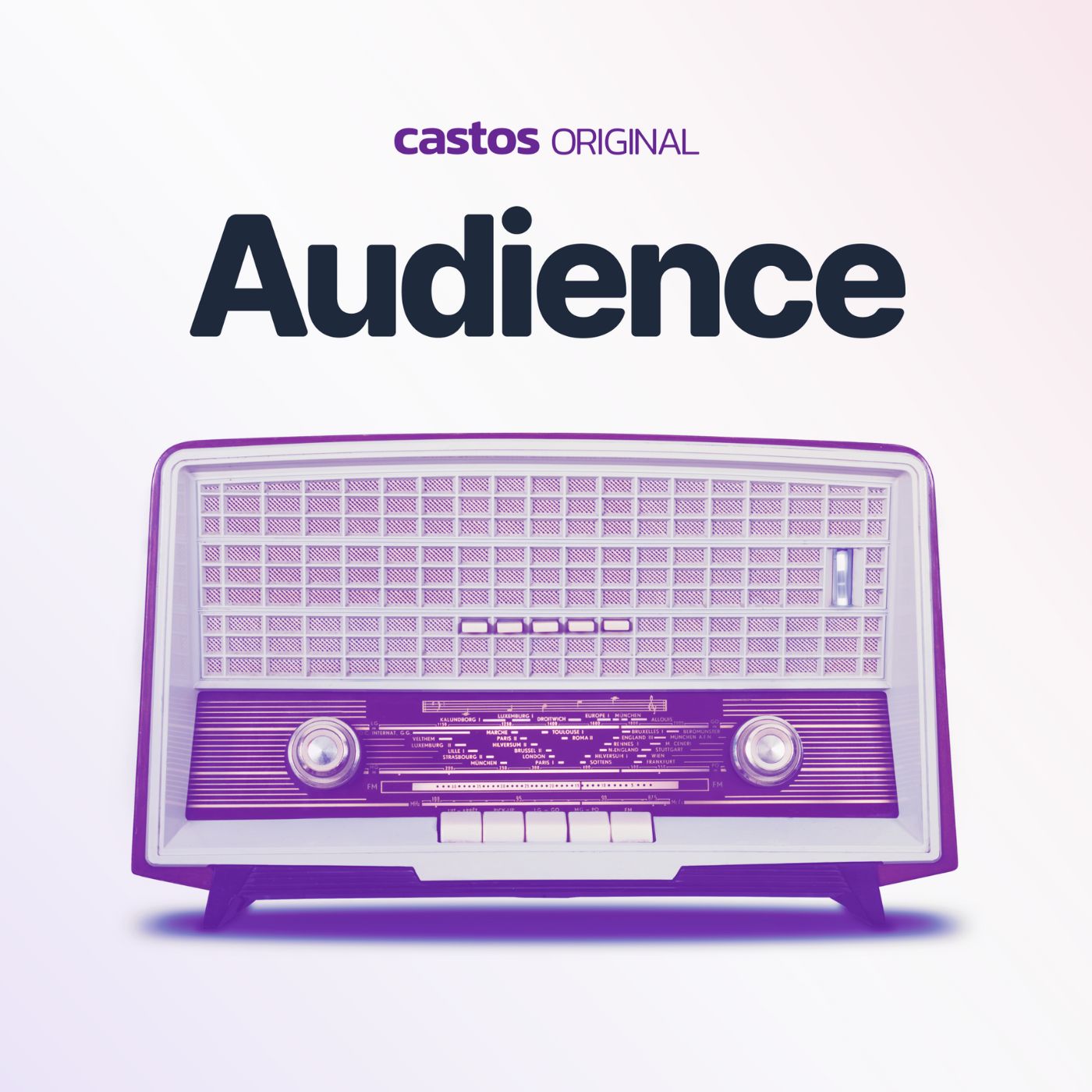
How Covid-19 May Change Podcasting Forever with Tom Webster

Audience
Shownotes Transcript
There’s no doubt that the Coronavirus pandemic has changed many of our lives, and for some aspects of our lives this may be a permanent change.
Our guest on Audience this week is Tom Webster from Edison Research, the company behind the industry-leading Infinite Dial survey.
In an earlier episode we recapped some of the biggest takeaways from the 2020 Infinite Dial survey), and thought we HAD to have Tom on the podcast to talk through some more of his interpretations of the data there, and what has changed since that time. The fact is that many of the lifestyle changes that we and our audiences have seen as a result of Coronavirus are here to stay and things won’t be returning back to “normal”.
Here are some of the hard facts about listener behaviors as a result of the Covid-19 pandemic:
- Commutes to work or school have gone down – this is the #1 way and place that people listen to podcasts.
- Following external analytic tools like Podtrac and Chartable are great for Downloads, but may not tell the whole story from talking to actual listeners. Their behaviors are changing in different ways.
- Listening on smart speakers like Amazon Alexa has increased substantially as people are listening to podcasts in groups and at their homes.
- Initially, there was a big movement to news-based podcasts, but as the news overload settled in there was a movement away from it.
Tom likens the disruption caused by Covid to a snow globe where once you shake it up the “snowflakes” of our lives go up in the air and sometimes don’t settle back down where they came from originally. That’s the theme that we’re following as we go forward with our shows.
But in many ways, the open question is: what will stay the same and what will be permanently changed. And largely this question remains unanswered.
Changes In Listener Patterns
A question we can ask ourselves to help our audience better understand where our podcast can live into their lives is where and when will our listeners tune into our shows. Thinking about traditional radio always having a time and place that people listened, many of us can think about framing our shows the same way. Your show could be “The show to listen to on your Saturday morning walk”. This engrains this behavior in your listeners minds and behaviors.
As the industry saw the biggest change in behavior around podcast advertising at the beginning of the Covid-19 pandemic this medium is coming back already, but in a different way.
How Advertising Is Changing
Many advertisers and media buyers are moving to more “safe” forms of advertising. For some media buyers and sponsors the need to have more established media through which to advertise and reach audiences may increase. Things like Google Adwords and Facebook ads where more data is available around the targeting of the audiences that your ads are targeting may be a more “sure bet” for companies trying to spread the word about their brand.
What Affects Is Spotify Having On The Industry
We discuss the move of the Joe Rogan show to Spotify. As Rogan had significant listenership on YouTube that channel could be one of the places that he could lose a portion of his audience. But, the upside of gaining access to an entirely new distribution channel in the Spotify platform is a huge benefit.
In general for listeners the move of The Joe Rogan show to Spotify could give one less reason for audience members to pick up a conventional podcasting app like Apple Podcasts or Overcast.
The other thing that may be a bigger impact is on the data that the Spotify platform has on its listeners and that availability to advertisers. Knowing the location, age, gender, and other demographics about listeners could mean more targeted and better-aligned ads served to listeners than could be available through traditional RSS based open platforms.
Spotify is far and away this biggest growth engine of the younger demographics both in the US and abroad. As the popularity of the platform increases an even bigger growth of people finding podcasts for the first time may occur. This is because it is not “just” a podcasting platform, it’s a place where people listen to music and other types of audio.
Tom shares his insights and looks into his crystal ball around both the existing direct response advertising that already happens in podcasts as well as the membership and paid subscription model where listeners directly support shows.
The future of models like Patreon and other similar models is yet to be determined but as the movement to online communities and connectedness continues it reasons that these types of avenues will continue to gain acceptance.